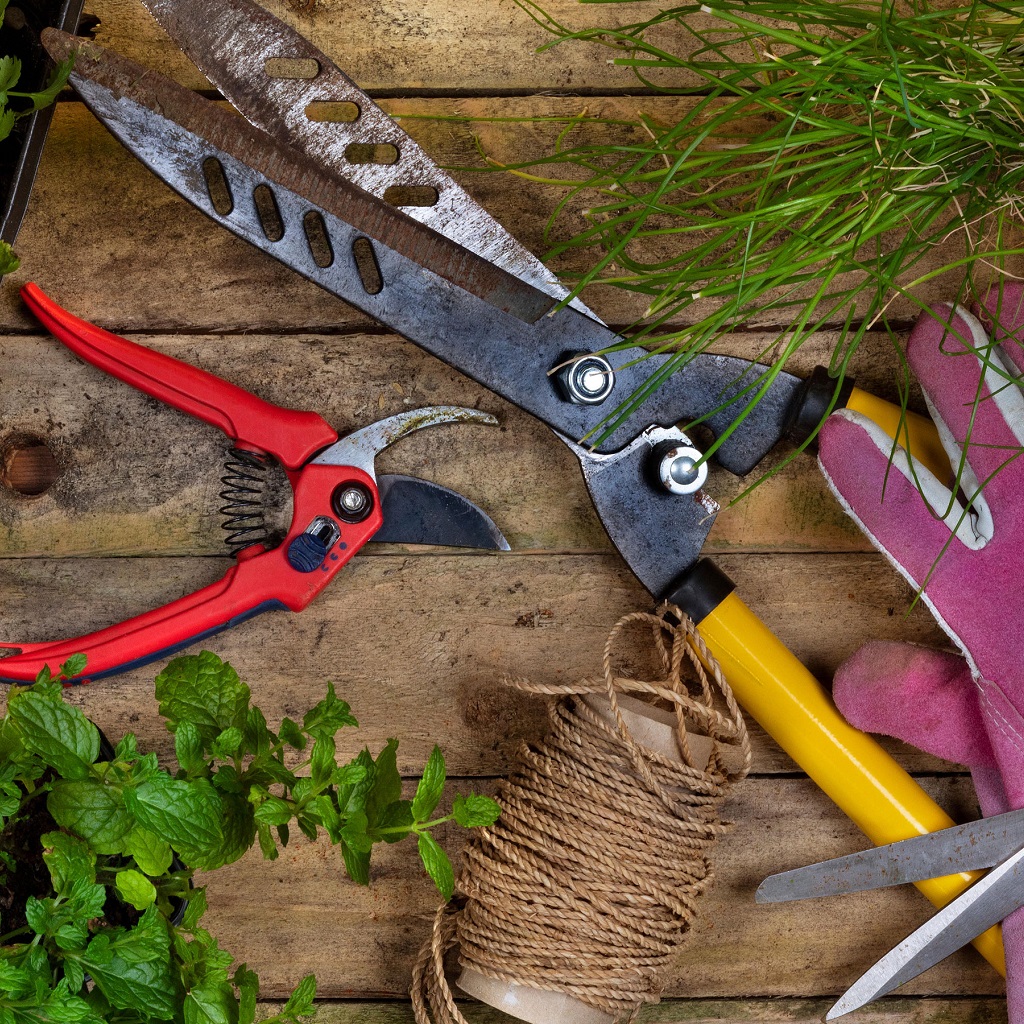Just as a carpenter needs specific tools for different cuts, a gardener benefits immensely from selecting the appropriate pruning tool for the task at hand. Using the wrong tool can damage the plant, injure the gardener, or simply make a simple job frustratingly difficult. Understanding the purpose of each common pruning tool is key to efficient and healthy cuts.
Here’s a guide to essential pruning tools and their best uses:
- Bypass Pruners (Hand Pruners/Secateurs):
- Description: Resemble scissors, with two blades that bypass each other to make a clean, precise cut.
- Best Use: Cutting live, green stems up to 3/4 inch thick. Ideal for deadheading, shaping small plants, and light pruning. This is your go-to tool for most routine cuts.
- Avoid For: Dead wood or thick stems, as this will dull the blades and damage the tool.
- Anvil Pruners:
- Description: One sharp blade cuts down onto a flat “anvil” base.
- Best Use: Cutting dead, woody stems or small branches. They are powerful for crushing through tough, non-living material.
- Avoid For: Live stems, as they tend to crush plant tissue rather than making a clean cut, potentially damaging healthy wood.
- Loppers:
- Description: Essentially large pruners with long handles (15-30 inches). They provide increased leverage.
- Best Use: Cutting thicker branches (typically 1 to 2 inches in diameter) that are too large for hand pruners. Excellent for reaching higher branches without a ladder.
- Varieties: Like hand pruners, loppers come in bypass (for live wood) and anvil (for dead wood) styles.
- Pruning Saw:
- Description: A saw designed for cutting wood, often with specialized teeth patterns and a curved blade for efficient cutting in tight spaces.
- Best Use: Removing branches larger than 1.5 to 2 inches in diameter, up to 4-6 inches (depending on saw size). Essential for mature trees and shrubs.
- Types: Folding saws, curved blade saws, and pole saws (for high branches).
- Hedge Shears:
- Description: Long, scissor-like blades with two handles, designed for shearing.
- Best Use: Trimming hedges, shaping topiary, or rapidly cutting back soft, herbaceous growth. Not for making precision cuts on woody stems.
- Pole Pruner/Saw:
- Description: A pruning head (either lopper or saw) attached to a long, extendable pole.
- Best Use: Reaching high branches without the use of a ladder, ensuring safety.
Always prioritize sharp, clean tools. Regular cleaning, sharpening, and oiling (as discussed in a previous article) will ensure your tools perform effectively and last for many years, making your pruning tasks safer and more efficient.

Leave a Reply